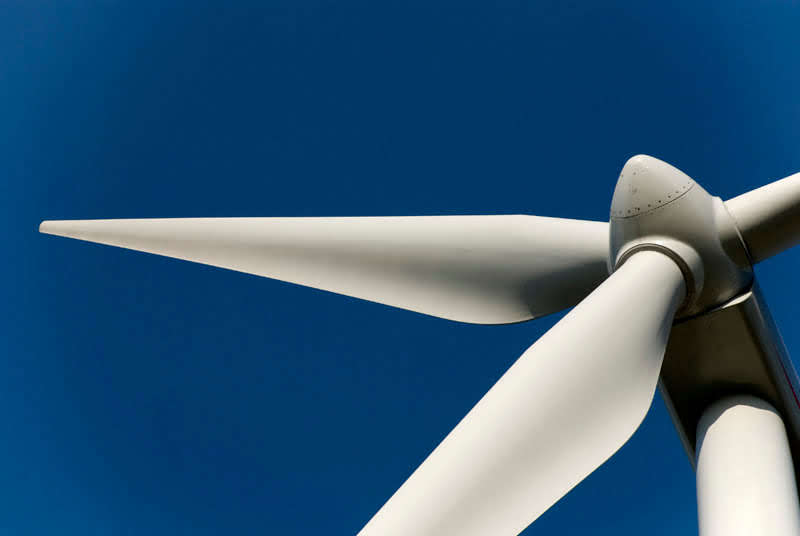The New York Public Service Commission issued an order in July to establish the framework for the first phase of procuring 2,400 MW of offshore wind energy by the year 2030. The New York State Energy Research & Development Authority (NYSERDA) will be working with the New York Power Authority and the Long Island Power Authority to solicit approximately 800 MW of offshore wind development in the fourth quarter of 2018. A second solicitation, if needed, would occur in 2019.
The State of New York has taken a very proactive approach to offshore wind development. To help encourage and facilitate development, NYSERDA conducted 20 studies and engaged with the public and other stakeholders to create the New York State Offshore Wind Master Plan. This plan serves as a roadmap to encourage development.
Previously, in 2016 the federal Bureau of Ocean Energy Management offered the sale of one wind energy lease on the Outer Continental Shelf off of the shore of New York State at a competitive auction. Statoil Wind US LLC won that lease (OCS-A-512) of approximately 79,350 acres with a bid of $42,469,725. The award of a lease on the Outer Continental Shelf does not guarantee approval of a project, it just gives the lessee the right to submit a Site Assessment Plan and Construction Operations Plan to the Bureau of Ocean Energy Management for approval.
Currently, the six turbine, 30 MW Block Island project is the only commercial offshore wind project generating power in the United States and the turbines for that project are located in state waters, but there are other projects in the process of being developed along the east coast on the Outer Continental Shelf (e.g., Vineyard Wind, a proposed 800 MW project offshore of Massachusetts).
Offshore wind development in the US is beginning on the northeastern coast where waters are generally shallower, which allows developers to use fixed turbine installation methods (as opposed to floating turbine technology) that have been proven for years worldwide. According to the Global Wind Energy Council, there was approximately 18.8 GW (about 36% of which is in the UK) of installed offshore wind capacity in 17 markets around the world. As markets continue to develop and development costs drop, turbine manufacturers are also developing more advanced turbines (e.g., the GE Haliade-X, a 12 MW turbine) that make offshore wind even more attractive.


